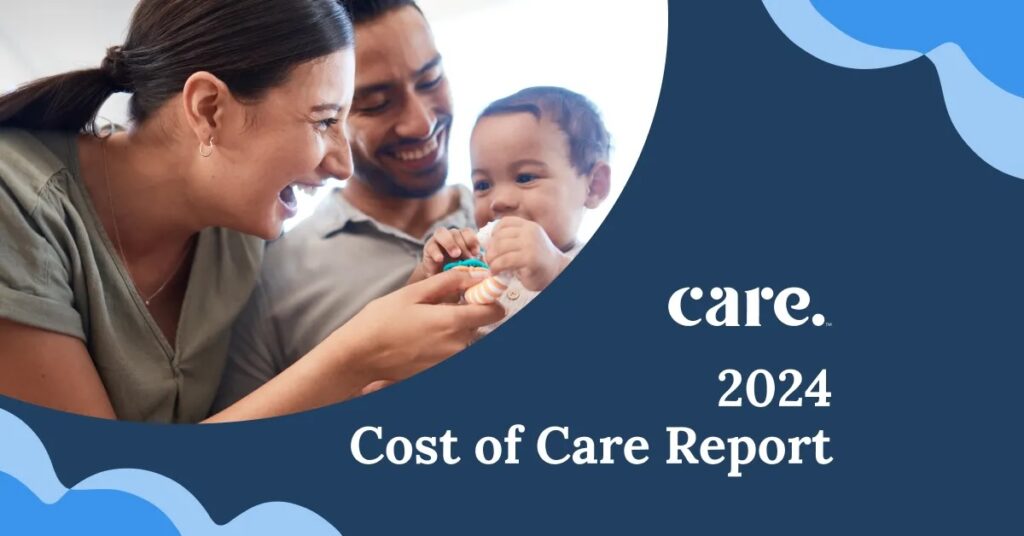One of the few benefits of the COVID-19 pandemic is that it has put a spotlight on the challenges and vulnerabilities that workers have faced all along. While employers had seen statistics demonstrating that juggling work and care responsibilities adversely affects productivity, retention, absenteeism, and employee health, the pandemic has brought that to the forefront with unprecedented clarity.
Employers have moved swiftly – and often creatively – to make what they may have thought of as temporary adaptations to school closures and shutdowns. But as COVID-19 vaccines roll out and we can at least see the prospect of the pandemic ending, they now need to consider whether they should, or even can, return to the old routines.
In our understandable hunger to get “back to normal,” we may want to forget the unsolicited insights this crisis has generated. But we can’t, and we shouldn’t, because the “New Normal” need not look like the old one. For instance, as companies look ahead, they plan to make permanent many of the temporary remote work options they’d made to accommodate quarantines, and employers will continue to rely on work-from-anywhere talent. Similarly, workers who have found relief and quality-of-life improvements through more flexibility in their work hours, locations, and benefits, will be unwilling to revert to the old status quo.
Those two factors – the move to a more distributed workforce and with it, the recognition that employers need to enable workers to better fold work into their lives (rather than vice versa) – are forcing HR leaders to reexamine their policies and benefits.
A survey of 500 Human Resource leaders and C-suite decision-makers, recently conducted by Care.com, reveals that many companies are abandoning the “nice to have” benefits critical to a centralized workforce (such as free lunches and commuter benefits) in favor of benefits that have greater impact on the way we work today and will continue to work tomorrow.
89% say that as a result of the pandemic, they are deprioritizing at least one type of benefit, most frequently paid vacation days, commuter benefits, tuition reimbursement, on-site meals, and on-site child care. But they are not cutting back so much as trading off. In fact, 98% plan to expand their benefits, investing more heavily in the benefits that their employees truly want and consider most essential.
According to the survey, on-site day care facilities are being deprioritized by many, while flexible child care benefits rank high on the prioritization list with 61% favoring them more now than they did pre-pandemic. This trend indicates that HR leaders are recognizing just how much worker engagement and productivity depends on employees’ ability to get their children and elders the care they need. Strikingly, those respondents most concerned about employee attrition were the ones most likely to enhance and expand their care benefits.
While health and dental insurance and retirement programs are the top two benefits that respondents plan to expand, child care, health and wellness, elder care, and mental health benefits are close behind. This newly prioritized cluster of benefit types also reflects a recognition that companies must demonstrate a more holistic understanding of their employees, not just as workers, but as human beings whose personal lives are now physically, as well as psychologically, co-mingled with work.
HR leaders must not only enhance workers’ ability to care for others, but to care for themselves. If they do, they’ll reap benefits of their own – greater employee focus, productivity, and loyalty
Read the full report here.






